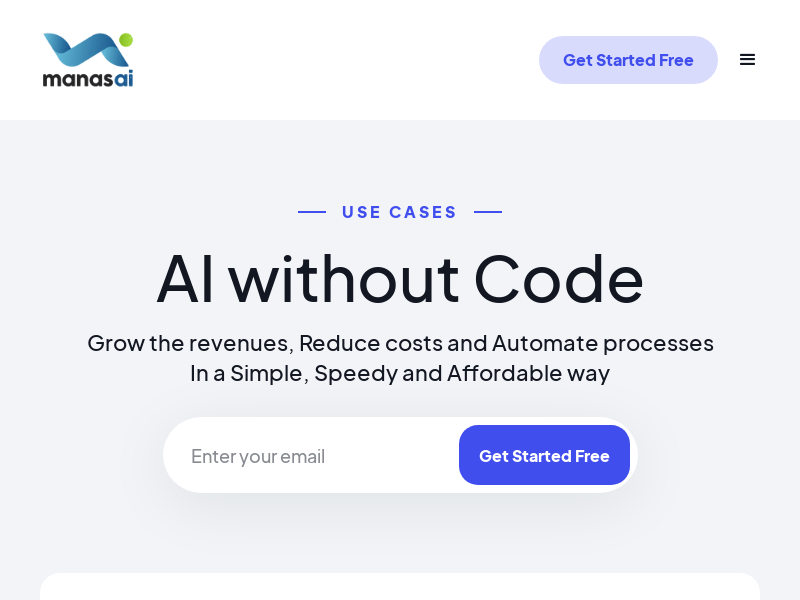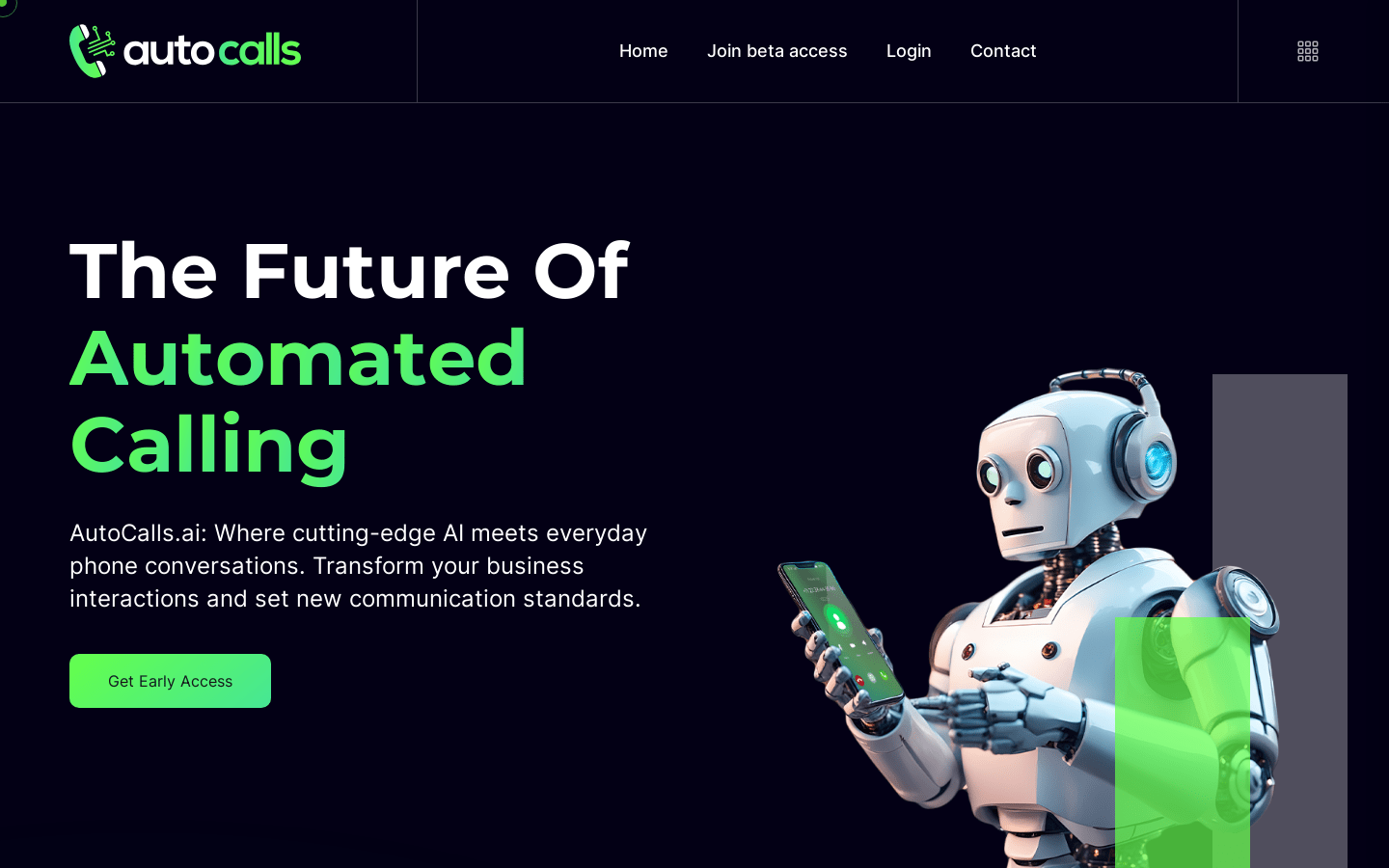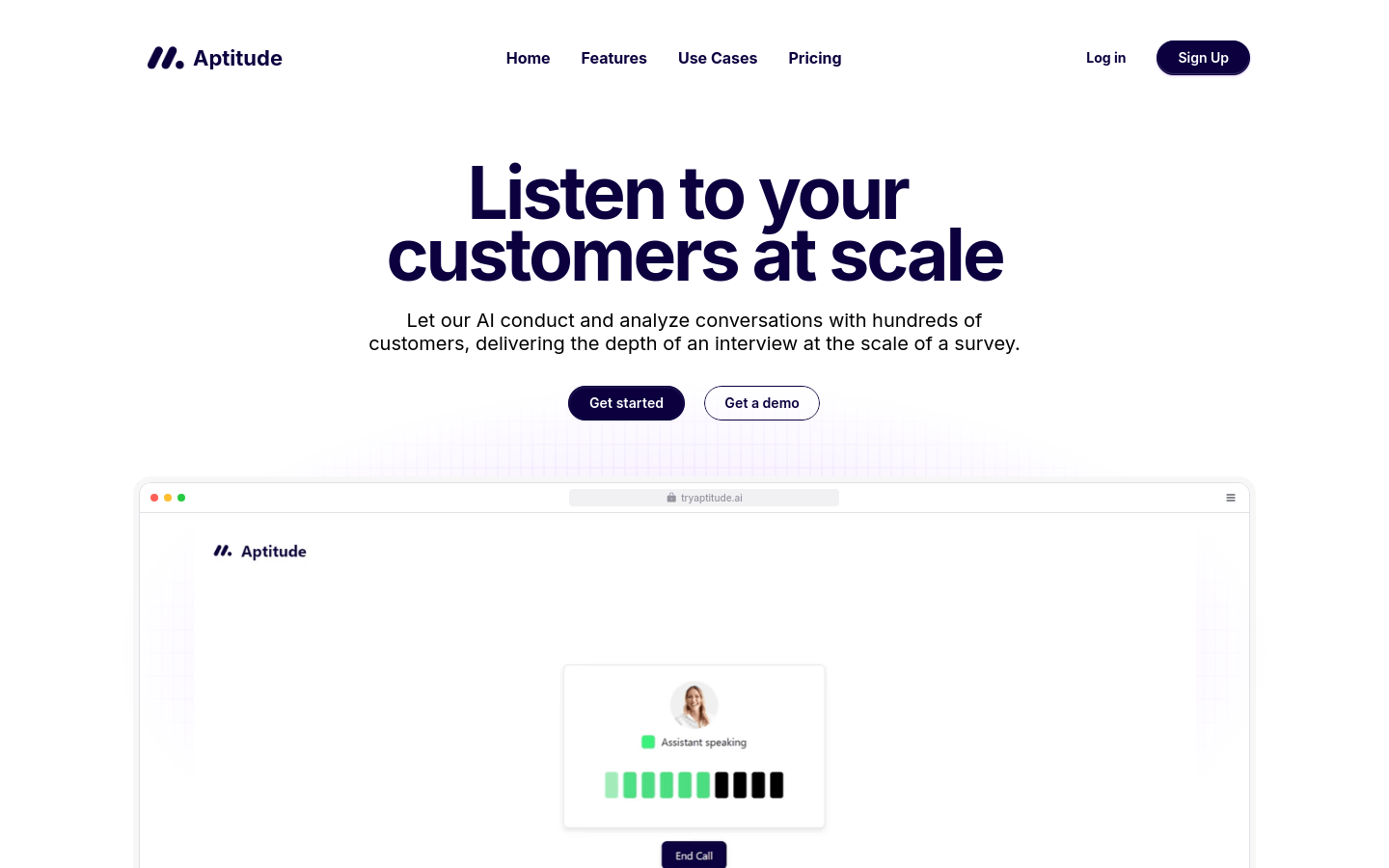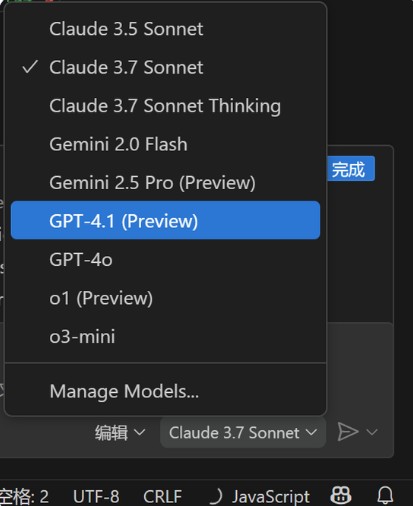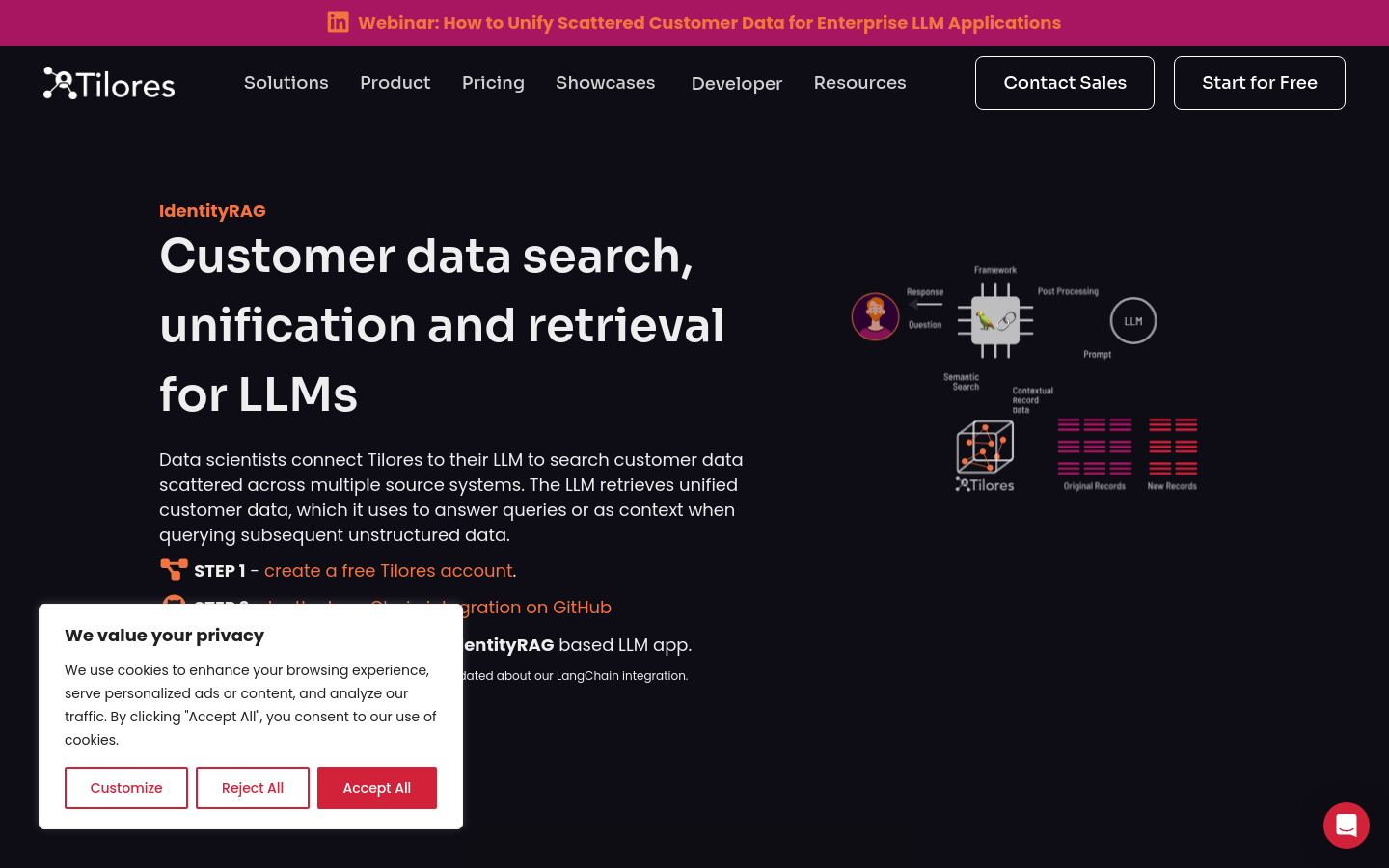
What is Tilores Identity RAG?
Tilores Identity RAG is a platform that helps large language models search, unify, and retrieve customer data efficiently. It uses real-time fuzzy search technology to handle spelling errors and inaccurate information, providing accurate and relevant customer data responses. This platform addresses challenges like scattered data sources, incomplete search term matches, and the complexity of unifying customer records.
Target Audience:
It is ideal for data scientists, enterprise IT decision-makers, and companies dealing with extensive customer data. Tilores Identity RAG offers a fast, accurate, and scalable way to unify and retrieve customer data, enhancing the quality and efficiency of customer service.
Example Scenarios:
US Voter Fraud Detection: Use Tilores Identity RAG to unify and retrieve voter data to detect fraudulent activities.
UK Company Registration Information: Quickly retrieve company registration details via API provided by Tilores Identity RAG.
CRM Data Deduplication: Unify customer data in CRM systems using Tilores Identity RAG to eliminate duplicate records.
Key Features:
Real-Time Fuzzy Search: Handles misspellings and inaccuracies, delivering precise customer data responses.
Data Unification: Uses fuzzy matching techniques to unify data from different sources even if attributes are not identical.
Quick Retrieval: Rapidly retrieves structured customer data, enabling dynamic customer profiles.
Scalability: Easily scales through LangChain integration and data connectors, utilizing management and distributed infrastructure.
API Support: Provides APIs for real-time unification of dispersed customer data.
Privacy Protection: Ensures the privacy and security of customer data.
Easy Integration: Seamlessly integrates with existing LLMs and data source systems.
Getting Started Guide:
1. Create a free Tilores account.
2. Explore LangChain integration on GitHub.
3. Build an LLM application based on Tilores Identity RAG.
4. Connect Tilores to your LLM to search customer data spread across multiple systems.
5. Utilize real-time fuzzy search to address spelling errors and inaccuracies in search terms.
6. Employ data unification features to combine data from various sources into a single customer record.
7. Use API calls to retrieve and unify customer data in real time.
8. Construct dynamic customer profiles using unified data and provide accurate responses during queries.

